What are the restrictions for flying with Lithium Ion batteries? We take a look at what you can fly with, what you can check in your bags, what you should carry on with you and what you shouldn’t take with you. What are the TSA and FAA Regulations for Traveling with Lithium Ion Batteries?
Hi, this is Jay P. Morgan. Today on The Slanted Lens we’re going to take a look at batteries. What you can fly with, what you feel comfortable checking in your check bags, what you should carry on with you and what you shouldn’t take with you.
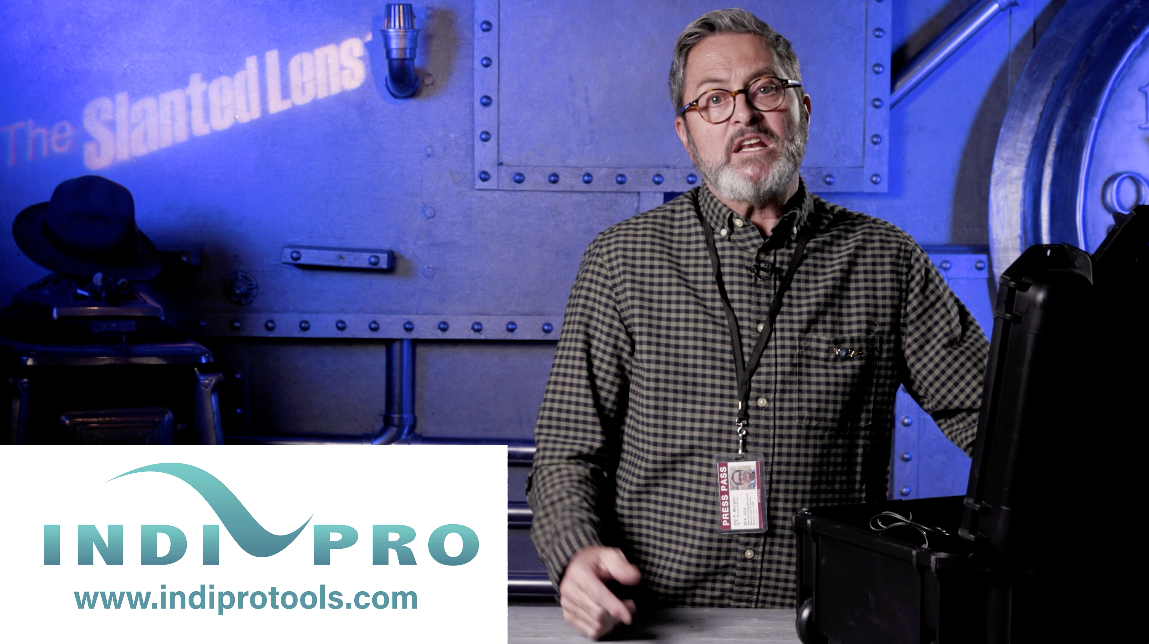
Today our lesson is sponsored by Indipro. Indipro makes all those battery solutions. Great battery solutions from L Sony type batteries to larger V-Mount batteries. It’s a great company. We’re going to talk about some of their products as we talk about batteries that you can fly with.
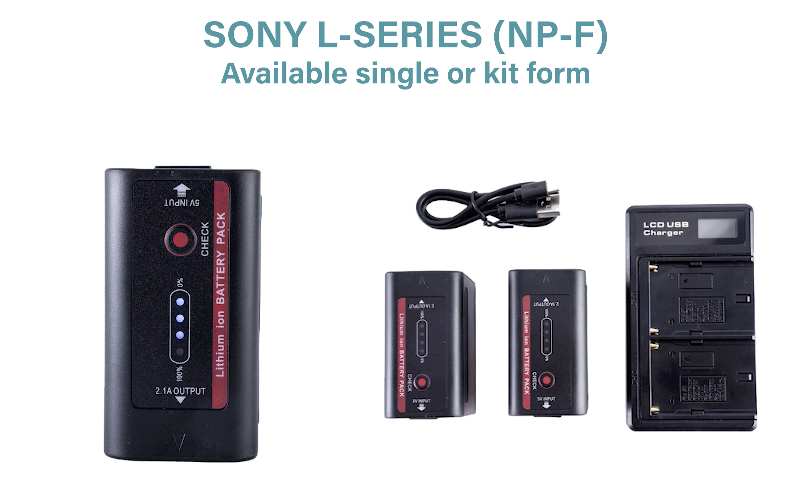
Because we have all these batteries, and they’re in all of our equipment and we’re going to fly somewhere, what are the restrictions when it comes to flying with batteries?
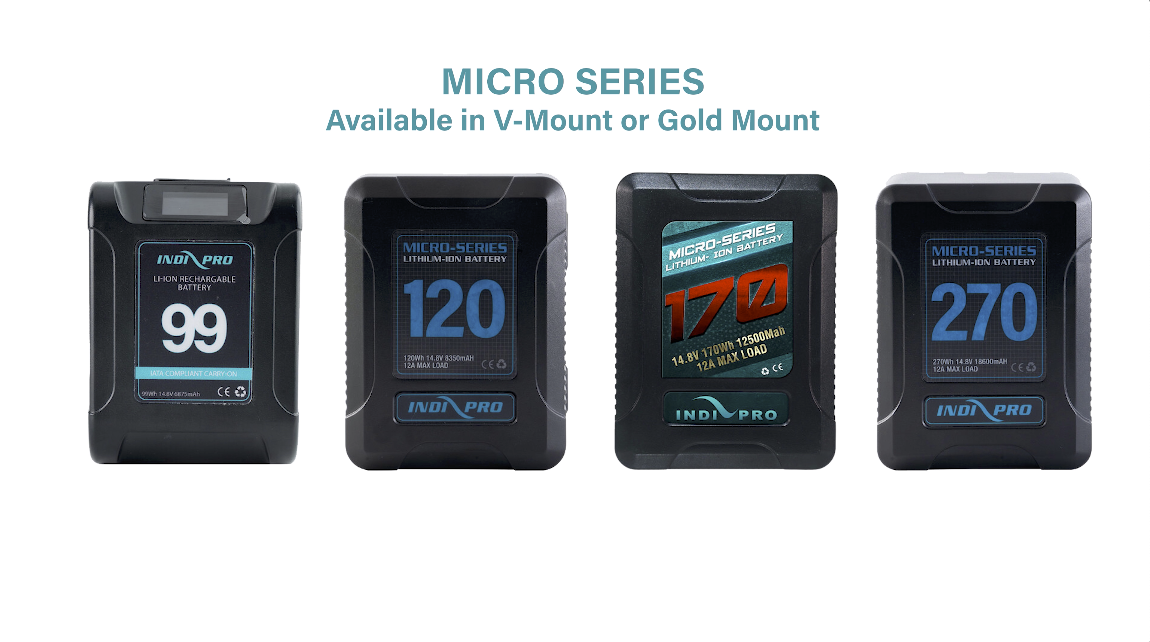 Alkaline Batteries:
Alkaline Batteries:
First off, let’s go right to the really basic batteries. If you’ve got the old standard run of the mill batteries like AA, AAA, C and D – all these batteries. Can you fly with these? Can you check them? Can you carry them on? What can you do? How many can you take with you?
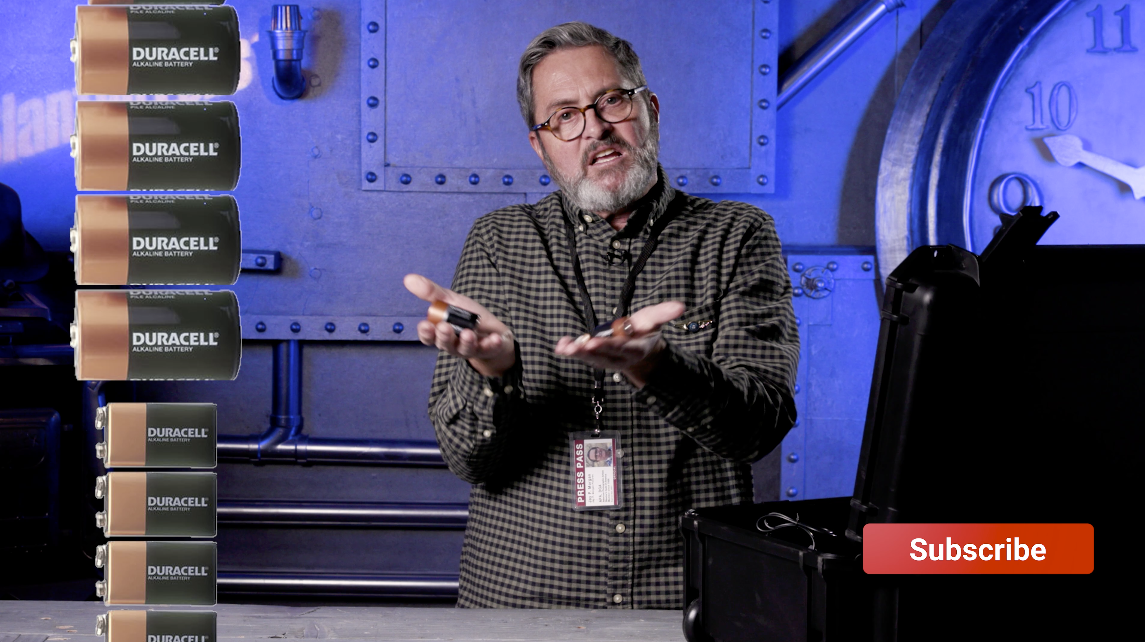
You can take as many of these as you want. You can check them. You can put them in your carry-on. And you can put them in devices. There is no restriction on how many of these batteries you can take with you on an airplane.
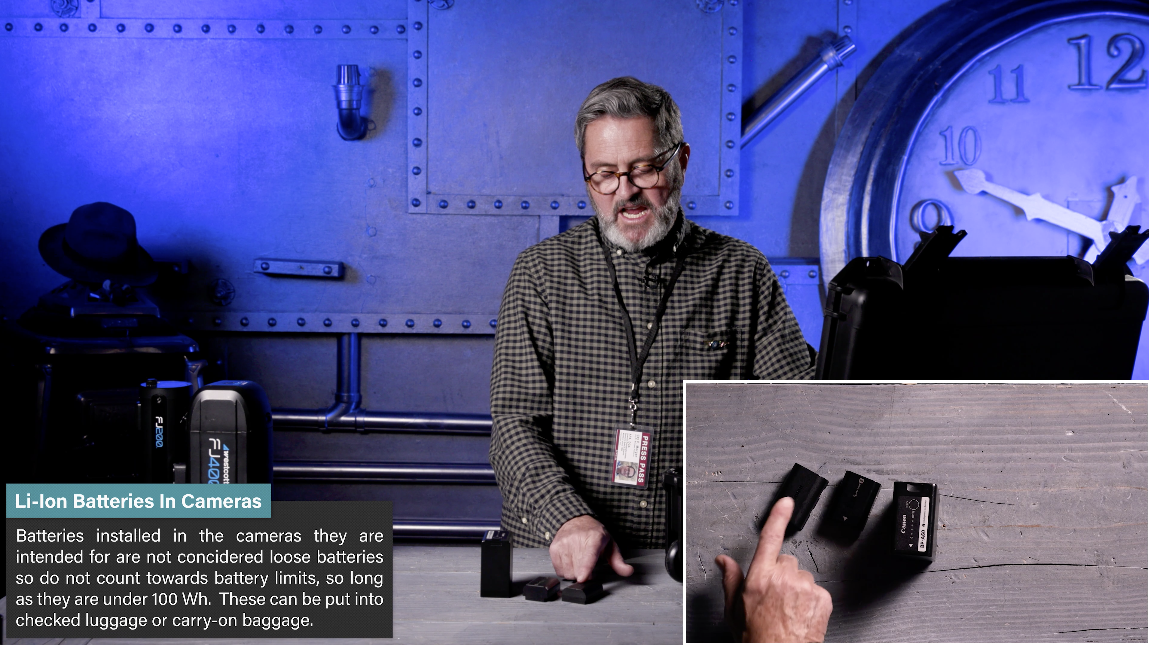 Lithium Ion Camera Batteries:
Lithium Ion Camera Batteries:
But now let’s move to lithium ion. Lithium ion batteries are in just about everything that we use and this is where the restrictions start to be a little strange. First off, any batteries that go in cameras and are in cameras, can be left in the cameras and they are considered no problem whatsoever. So Canon batteries, Sony batteries, even the large one for my C200 is still under 98 watts. And it can go in the camera and be left in the camera. And it can be carried on with it in the camera or it can be put into the luggage. If you want to check it you can check it as long as it’s in the camera. Those do not count as batteries that are loose. So you can set those in the camera. Definitely put those in the camera.
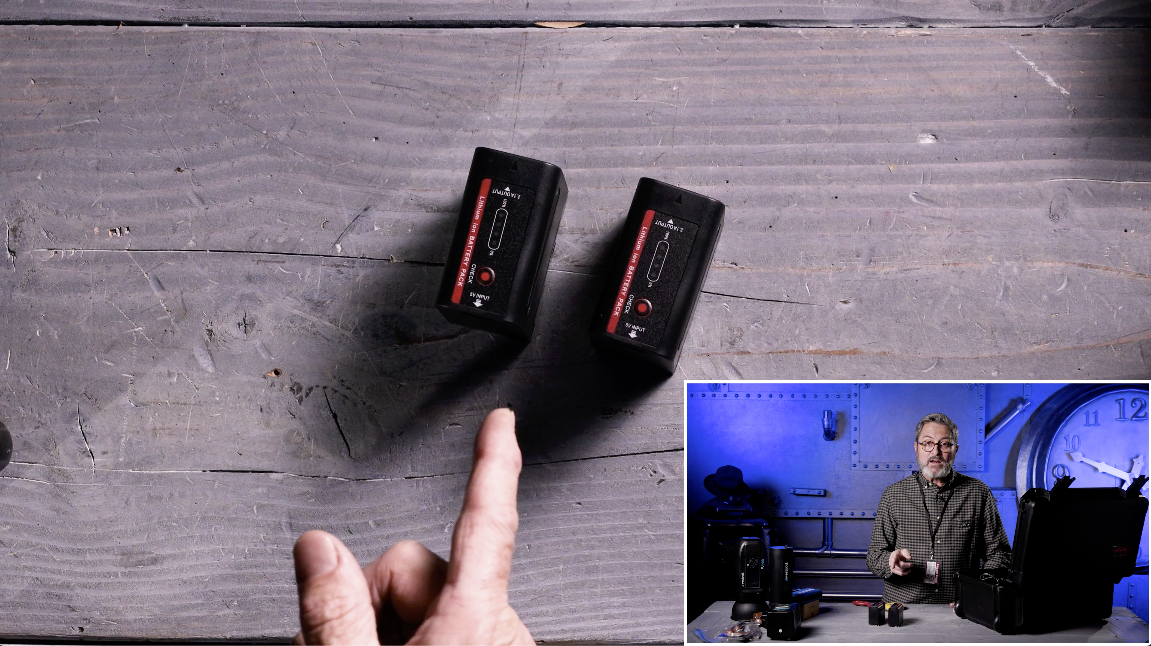
These are batteries I use a lot. These are Sony L batteries or NPF batteries. These batteries are seldom installed in anything. As wonderful as these L series batteries are from Indipro, the problem with them is that they have contacts and they’re rarely ever in anything. Are they a 100 watt battery? No, they’re not. Generally speaking, these larger ones are going to be about a 48 watt battery and the smaller ones maybe like 25 to 30 watt. But they are part of that four battery contingency you can carry on the airplane. You can carry eight of these and that equals for 100 watts for every 2. Because they’re just under 48 watts or just around 48 watts each. So two of 48 watt equals one of the 99 watt. You know four of these equals two of these. I will often carry at least two or three of the 99 watt batteries and about four of the 48 watt. That way I have enough batteries at that point. Now technically speaking, you can’t have a whole bunch of these loose batteries without that becoming part of your lithium ion battery restriction to carry on to the airplane.
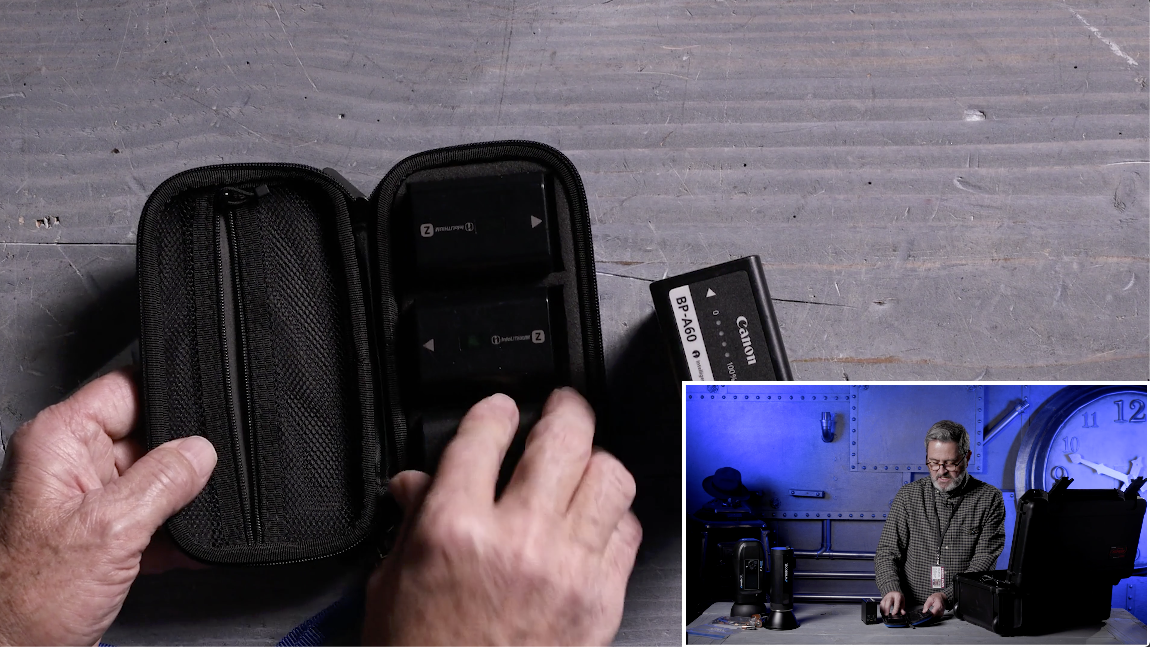
I put all of my batteries in a small zipper case. In the zipper case I will have my Sony batteries all lined up or Canon batteries. And now those are all zipped together. I put a label on it that says, “Sony batteries”. I’m not making any secret about what it is. I’ve never been stopped or asked about this at all because it is an enclosed container. It’s zipped. I’ve never had an issue with it.
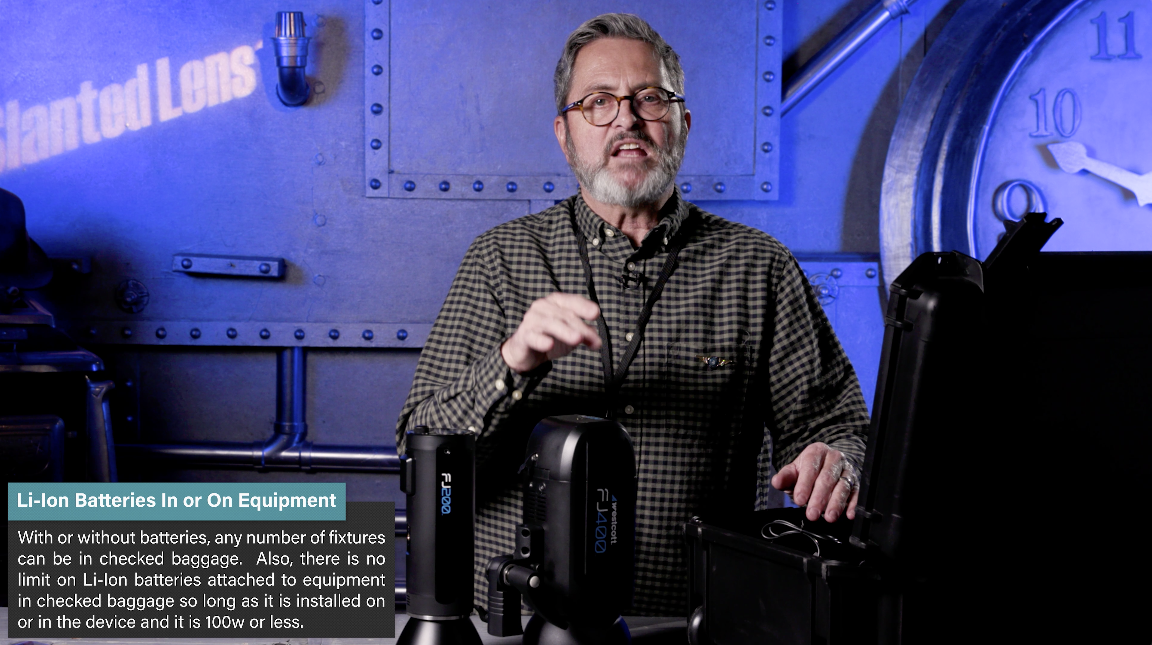 Lithium Ion Batteries:
Lithium Ion Batteries:
I get asked this question all the time. I’ve got my Westcott FJ200 and I’ve got my Westcott FJ400 Can I fly with these? And the answer to this question is you can check these without any problem. I check my strobe heads, I checked them all the time. You can check any battery for a piece of equipment into your checked on baggage as long as the battery is installed in the device that it runs. So as long as my battery is on my Westcott FJ400 then I can check it. A lot of times I have a case that has 4 FJ400s in it and I check that bag and put it on the airplane in my SKB case. I do that all the time. 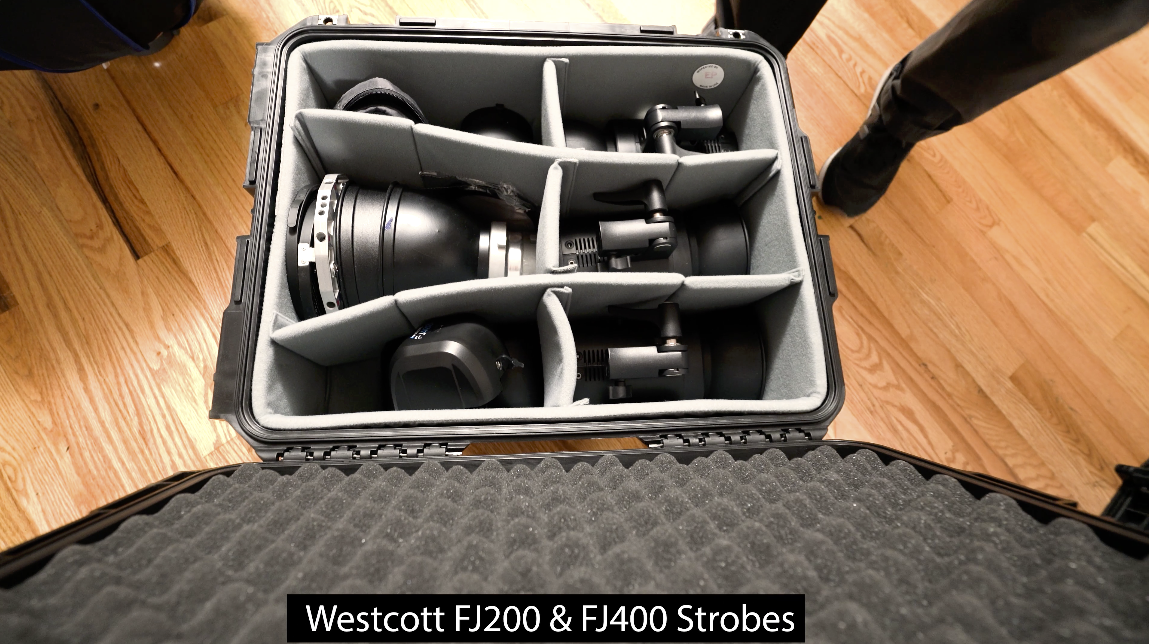
The minute I separate this, and I now have a battery in my hand, I can’t put it loose in my checked in baggage. I now have to carry it on. So the best way to carry the batteries for your strobes is to keep them installed on the device. The reason for this is that most batteries that are installed in equipment are 99 or less watts. So like the FJ400 battery is about a 65 watt. And the FJ200 battery is about a 45 watt battery.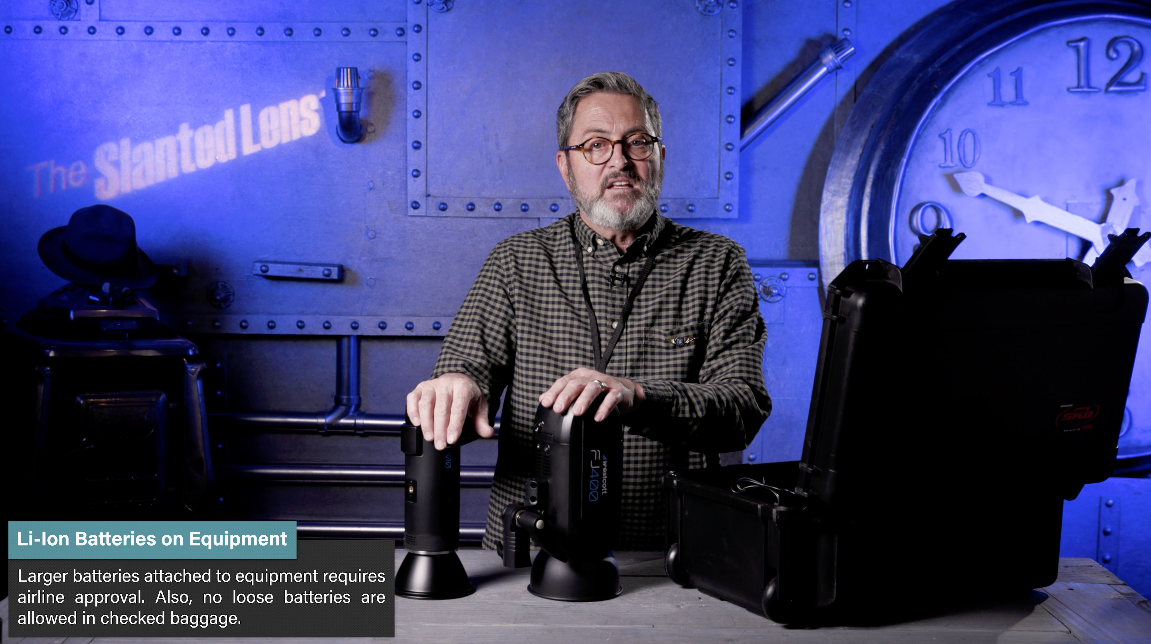
Those are under the battery restriction level and they are in the device. So there’s no possibility that this is going to accidentally fall against a piece of metal and create some kind of a short and cause a fire. As long as it’s installed in the device, you don’t have to worry about it being an issue on the airplane.
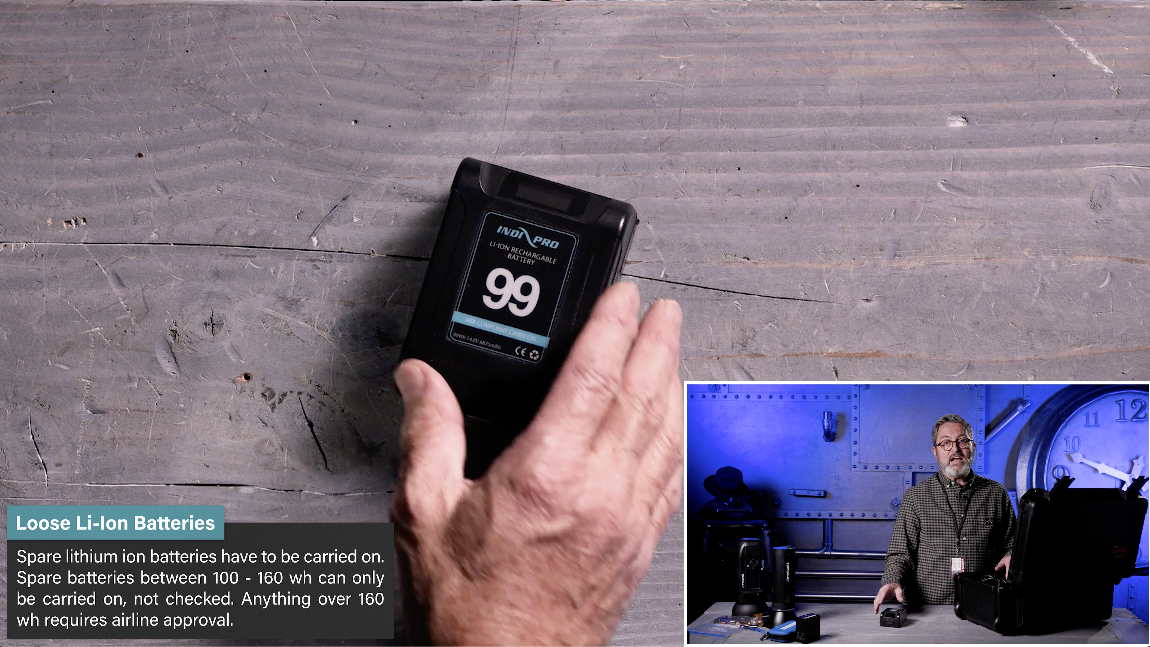
Large Lithium Ion Batteries:
Now for production, we carry larger batteries. These are Indipro batteries. These batteries are 99 watt batteries. They are super small V-mount batteries and super lightweight. They are an excellent battery because of their size. These are pretty revolutionary because they’re so small. How many of these Can I carry on the airplane? TSA says four, and some airlines say, four to six or eight. So that is a little unclear. So I did some checking with Indipro and some other companies. They say that four to six of the 99 Watt batteries are never going to cause a problem for you. If you have eight or ten of them, it’s probably going to start to cause a problem for you. So you definitely can carry four of these without any concern whatsoever. 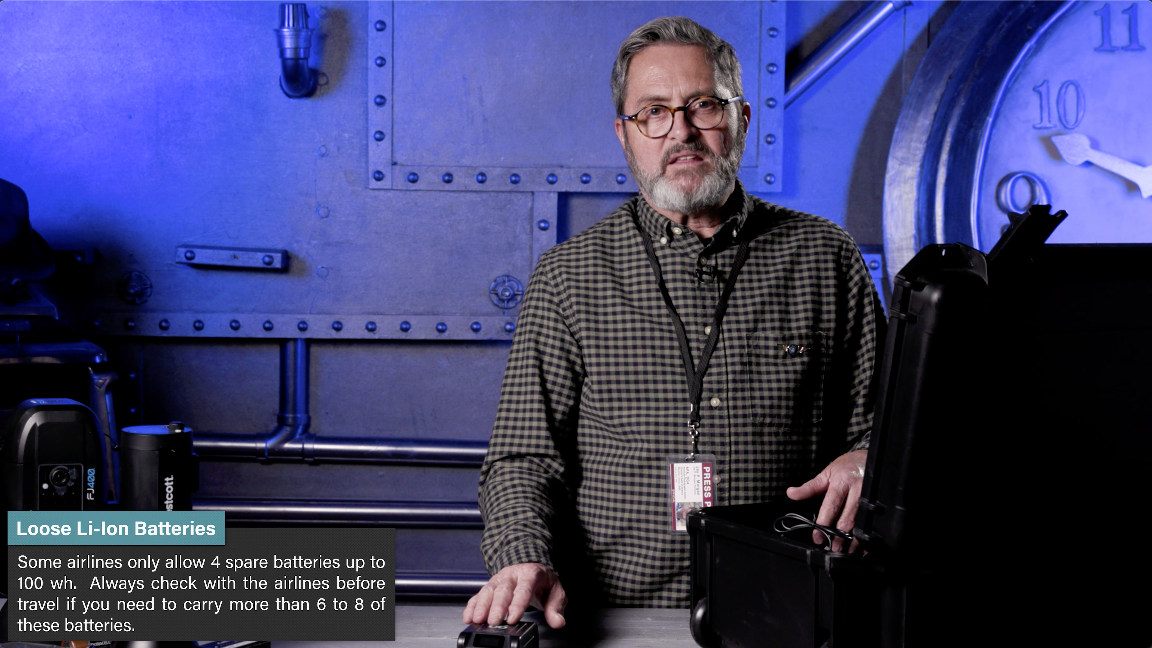
For batteries that are 99 watt or under 100 watts each you can carry four. You can carry up to 160 watt batteries. And you are allowed up to two 160 watt batteries, not more than two. And you may only carry them on, you may not check them. Now, if you have two 160 watt batteries, and then you start stacking on 99 watt batteries, you’re going to start to have a problem. They’re going to start saying you’re carrying way too much. 
Some airlines will give you special permission to carry up to one 300 watt battery, not more than one, over 160 watt and up to 300 watt. But you have to check with the airline, and you have to get that written permission from them. Don’t risk it unless you have that, it’ll never work.
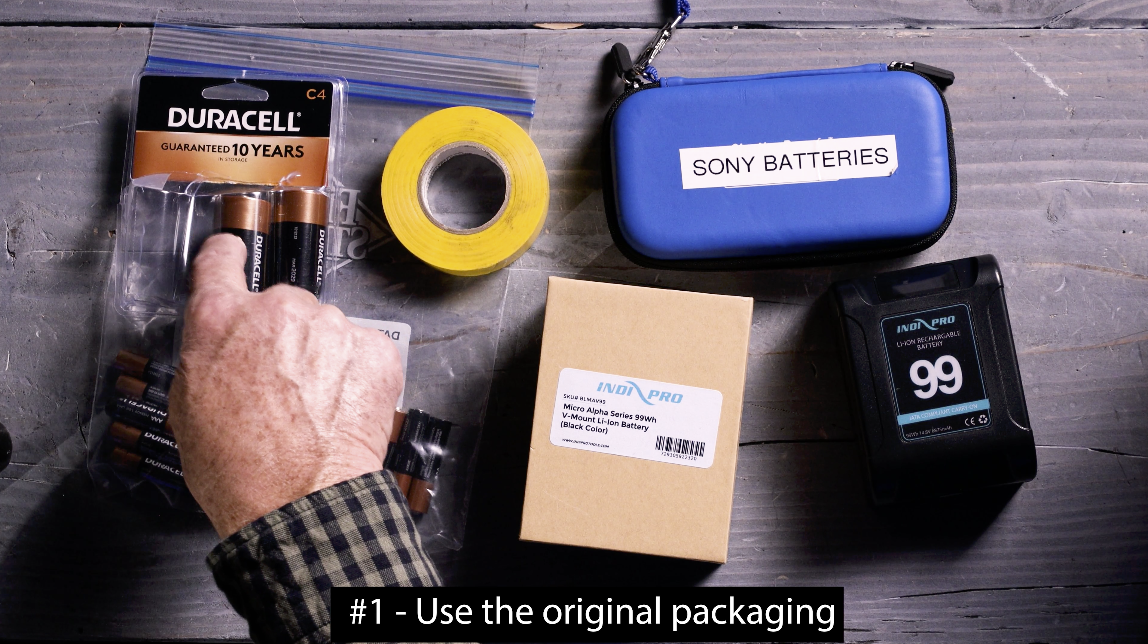 Packing Your Batteries:
Packing Your Batteries:
How should you package your batteries when you’re going to travel? You might be wondering to yourself, “Well, why should I package my batteries when I travel?” It just avoids any questions going through TSA and avoids any questions that may come up with the airlines. If they are packaged correctly, most of the time, people are not even going to notice or care. So if you package them like one of these three ways, you’ll just make sure your batteries are going to fly right through and on the airplane with you without any problem.
1. So the number one way is just simply put them in their original box. If you bring batteries in their original packages, AA, AAA, Cs, etc. in their original packages, you’re never going to have a problem. If you put these 99 watt batteries in the original box and close that box up. Now it says right on it what it is. When they open it, it is what it says it is. And there’s not going to be any question about that. And it doesn’t look as scary as a big row of batteries in your carry-on case.
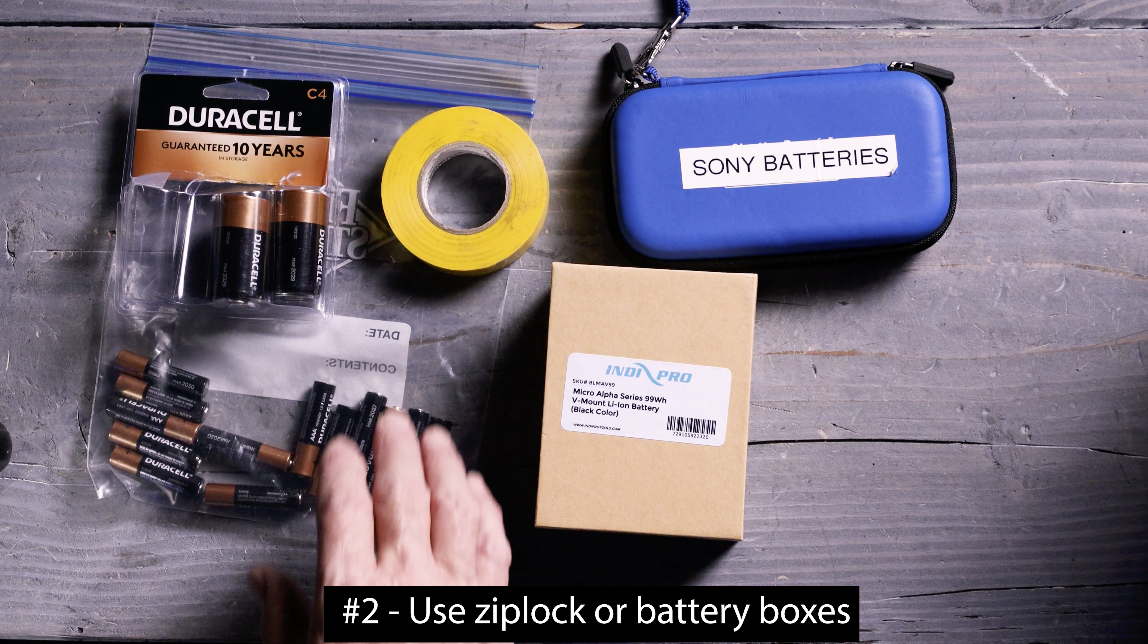
2. If you can’t put them in their original packaging, then what I do is I just do something to secure then. Put them in a Ziploc bag. That means that they’re all together and they’re less likely to touch a piece of metal or something and create a short. I do this for my batteries.
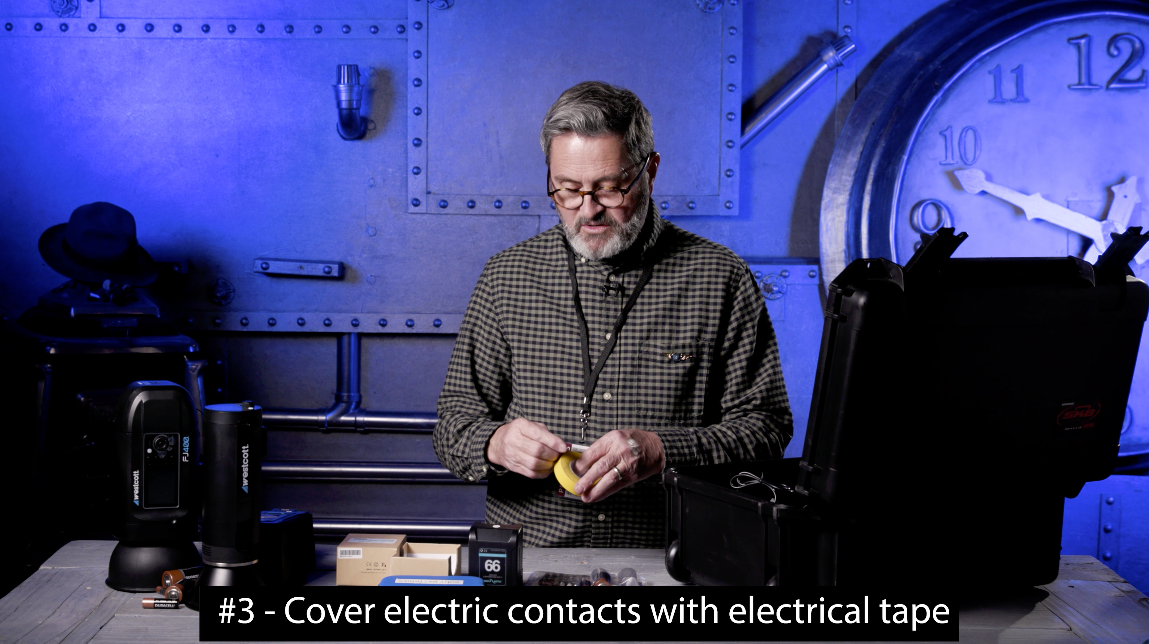
3. If you’re going to travel with the battery, you just simply take your battery, take a little piece of electrical tape. And now when I take that little tape, I tape over the contacts of my battery. I use yellow electrical tape, because I want them to see it and know that I have taken the time to make sure that battery is not going to have any kind of electrical short. 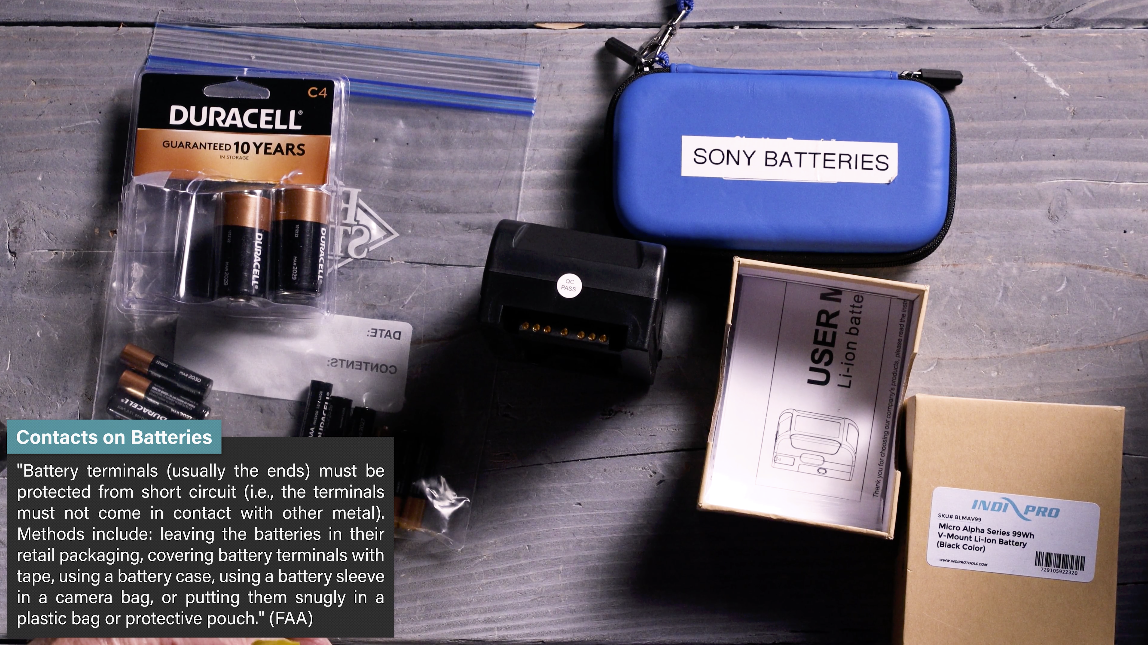
The mounting bracket is not your contacts on a gold mount battery, these are not electrical contacts. So on a gold mount battery, where would I put that tape, I’d put it right there across that little section there. Now when they open up and look at your bags, your batteries have all got tape on them. They’re secured and there’s not a problem.
Travel Smarter and Easier:
And now, three great tips helping you travel just a little easier.
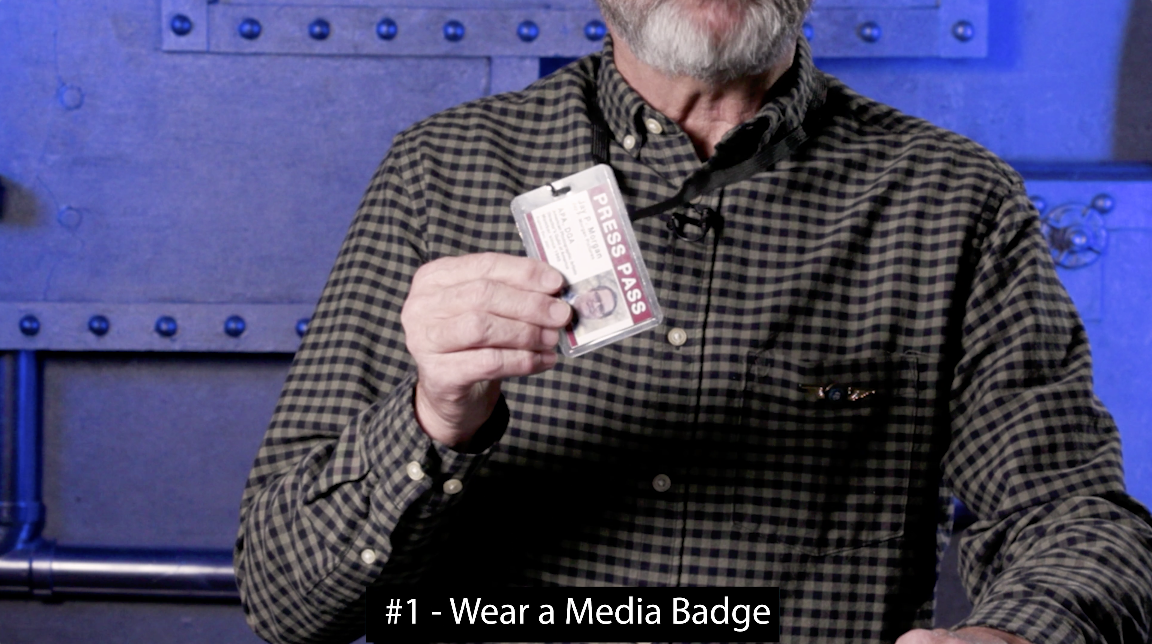
1. Number one is get a media badge. This is a great indicator of the fact that you are a professional photographer or videographer, and they’re not going to harass you about your equipment.
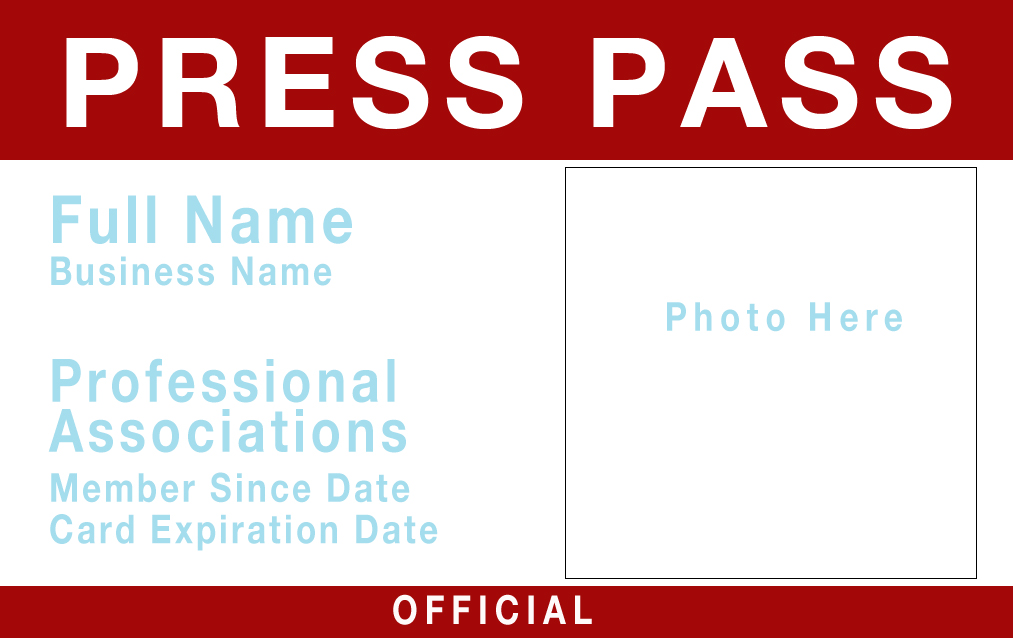
(This is one example of a Press Pass. You can find more on the internet. Make your press pass business card size, laminate it and put it on a lanyard)
With a media badge, you can call ahead of time and tell them that you are flying with media rate. And what that means is that they don’t give you free bags, but they’ll allow your bag, rather than being 50 pounds, to go as high as 90 pounds. 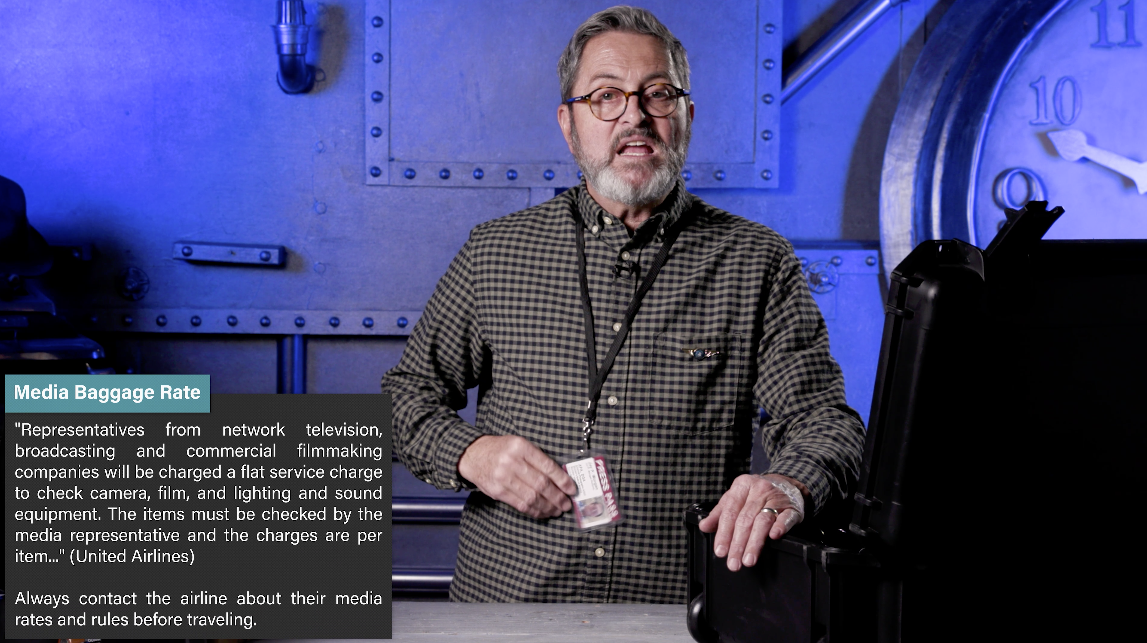
So when you have a bag that you’re checking on the airplane with a ton of equipment in it, that media rate allows you to have that extra weight without having to pay a premium for it and that makes it much easier to fly with your equipment. You are legitimately a business just because you are a business. You don’t have to work for a large corporation. You can work for your own company. 
I’ve flown with my media badge many, many times. I have a business card that matches it. So those two together become proof that you are media and if you have your stuff in something like an SKB case or some case that looks like media, it’s not going to be a problem.
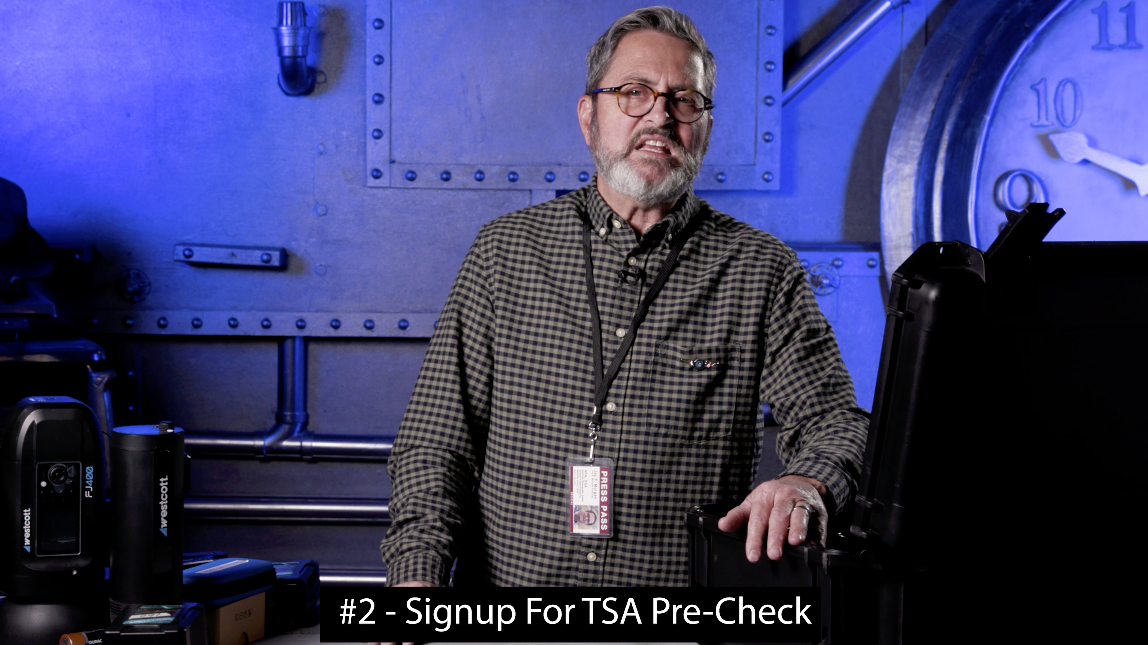
2. Number two is get TSA precheck. It’s just an easy thing to do. It lasts for about five years. They are not near as uptight in that precheck line as they are on the other side. So I just think precheck is an absolute fabulous way to fly. I’ve done that now for since it came out. It’s been perfect.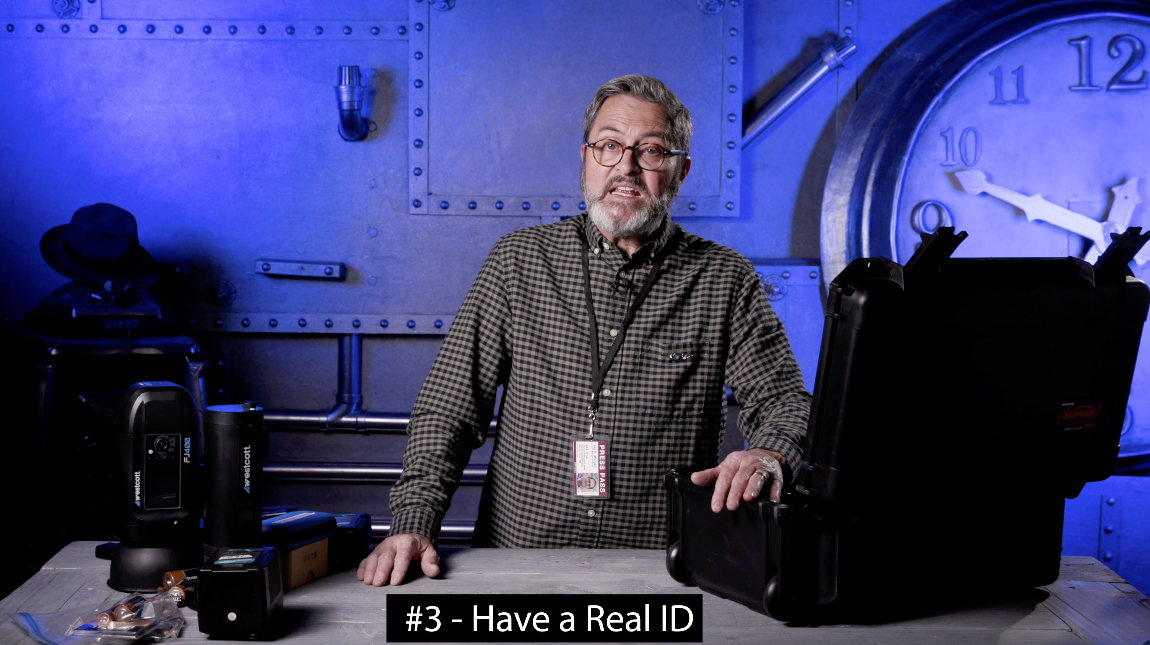
3. And last of all, don’t forget there is the REAL ID and this is something that just makes it even quicker to get through the airports. It means that you’re pre-screened, that they know you’re less of a risk and so carrying the batteries and things are going to be less of an issue for them because they know that you are an individual that they have all your information. 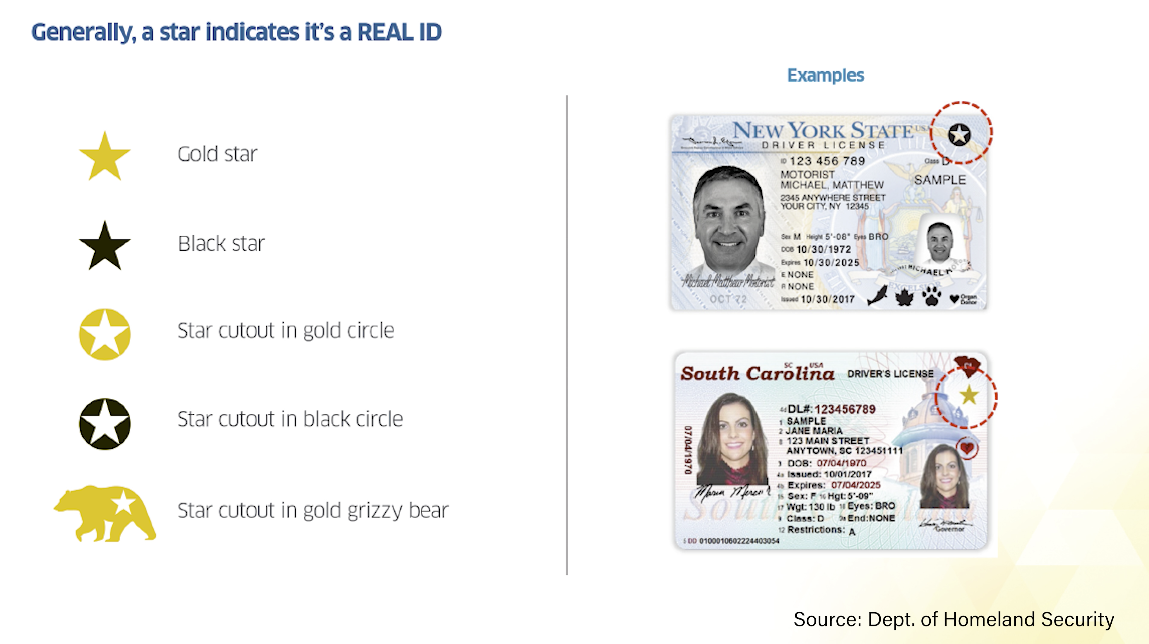
So I think the Real ID is a great thing to have as well.
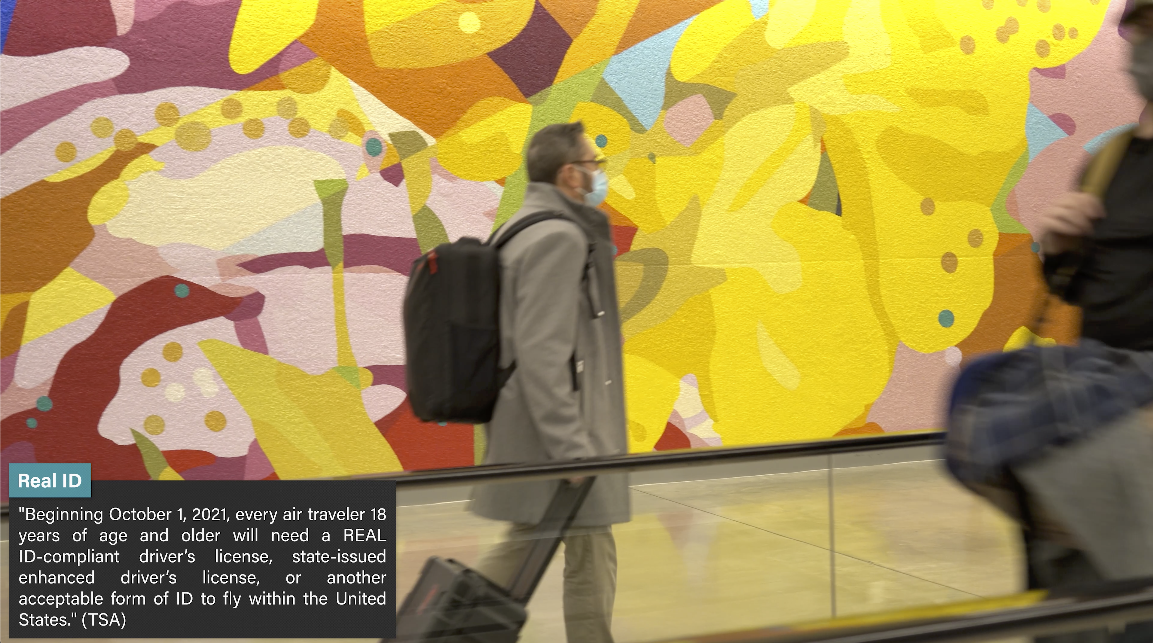 Indipro Tools:
Indipro Tools:
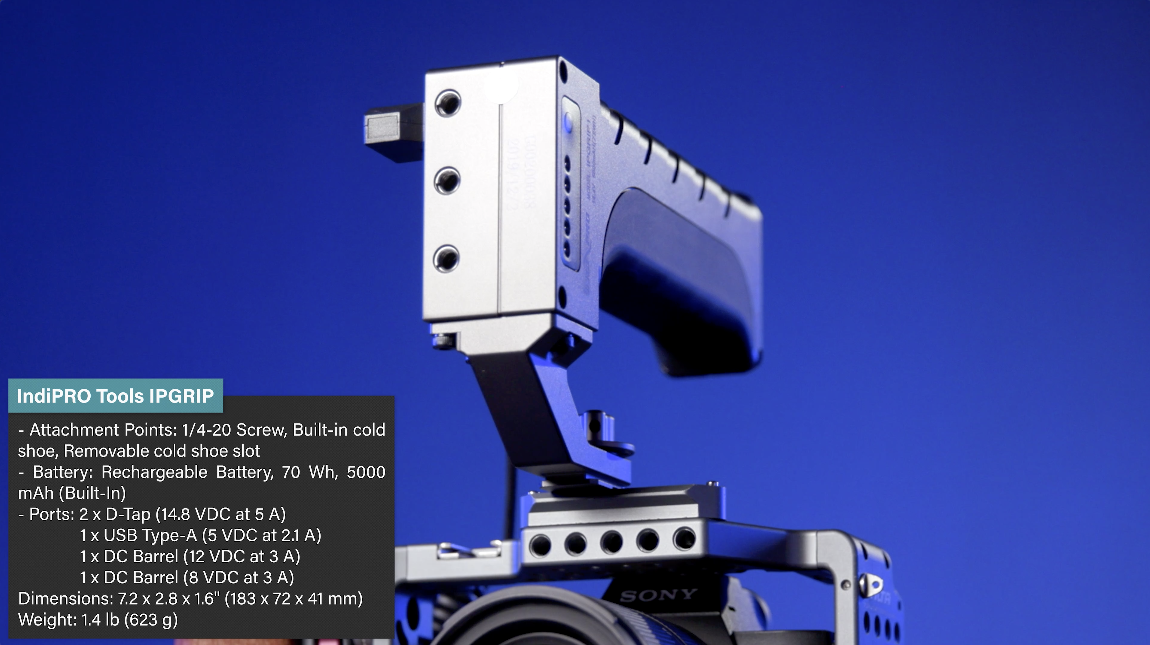
Here’s a new product from Indipro. This is called a Universal Power Grip. This is combining your battery with a grip. So it’s going to save space. It puts the battery and the hand grip into one device. Now I can run my adapter dummy battery to my Sony or to my Canon. It just gives me the ability to have power in a handle and run my camera and other things that I may want like a light or some kind of other device like follow focus or whatever else I have on my camera. So it’s a great combination of two different items you have on your camera. The Universal Power Grip gives you plenty of power to run your camera as long as you need to.
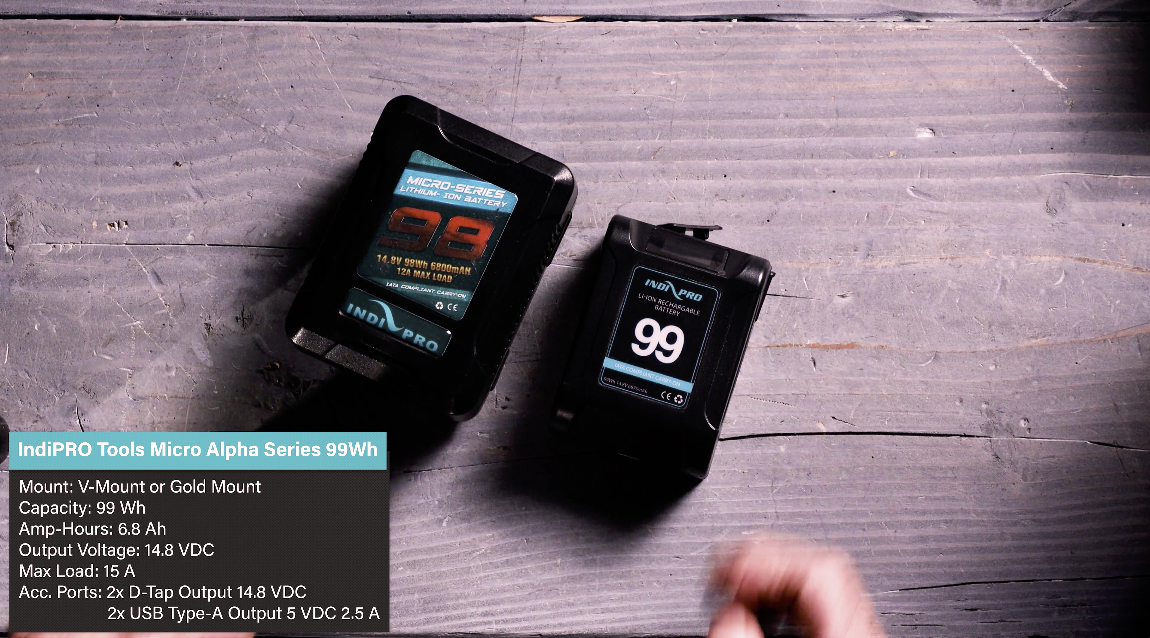
This was an incredible 98 watt battery from Indipro. I was so thrilled to get these because they’re under that 100 watts so you can carry them on the airplane. It’s a great battery to travel with. It’s got USB ports, and D tap ports. But now look at the new one from Indipro. This 99 watt battery from Indipro has the same D tap port, and two USB ports on top to be able to charge USB devices. So the same amount of power, the same amount of time and smaller size. It’s a great battery. These are new ones made by Indiproro. These are incredible batteries because they give you an LED indicator to know what kind of power is in the battery. It comes with a great charger to be able to charge two of these at the same time. The nice thing about these new NP-F batteries from Indipro is that you’ve got a USB port that allows you to charge your phone or any other device that runs on USB. So it’s going to USB out. And it also has a USB in and you can charge these with a power block and a cable to the USB port as well.
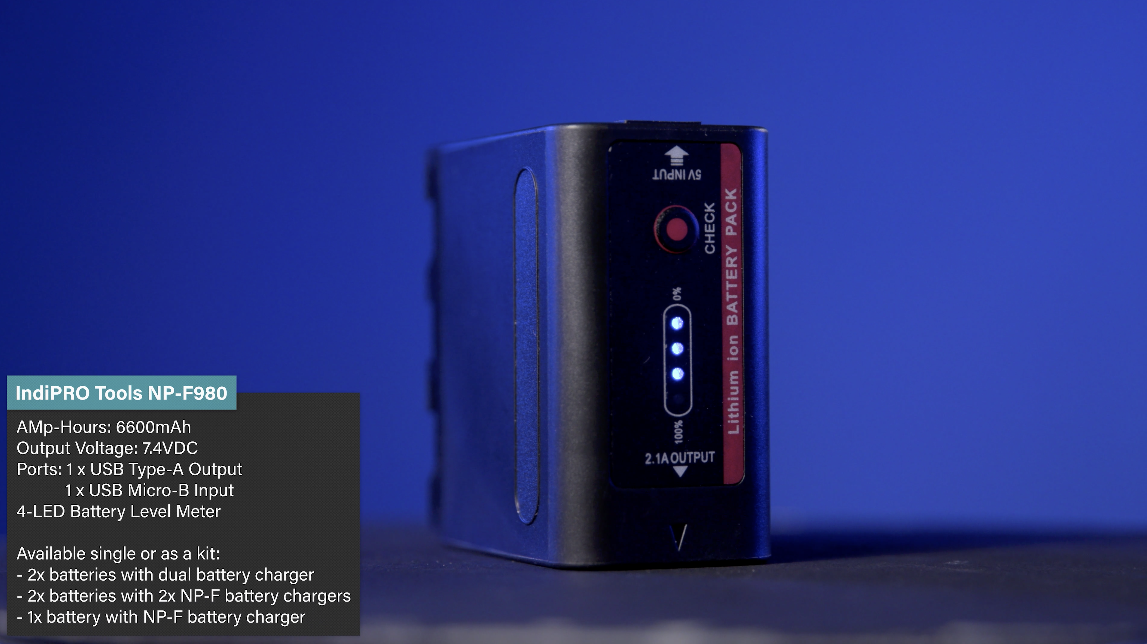
This is a new product from Indipro. This is an NP-F battery plate. You’ve got the ability to put two NP-F batteries on it. You’ve got four D taps. It’s built to run other equipment from the battery plate. It’s got 15 millimeter rod holes so you can run it on the back of a rig. It holds 2 of the NP-F 980 Batteries. 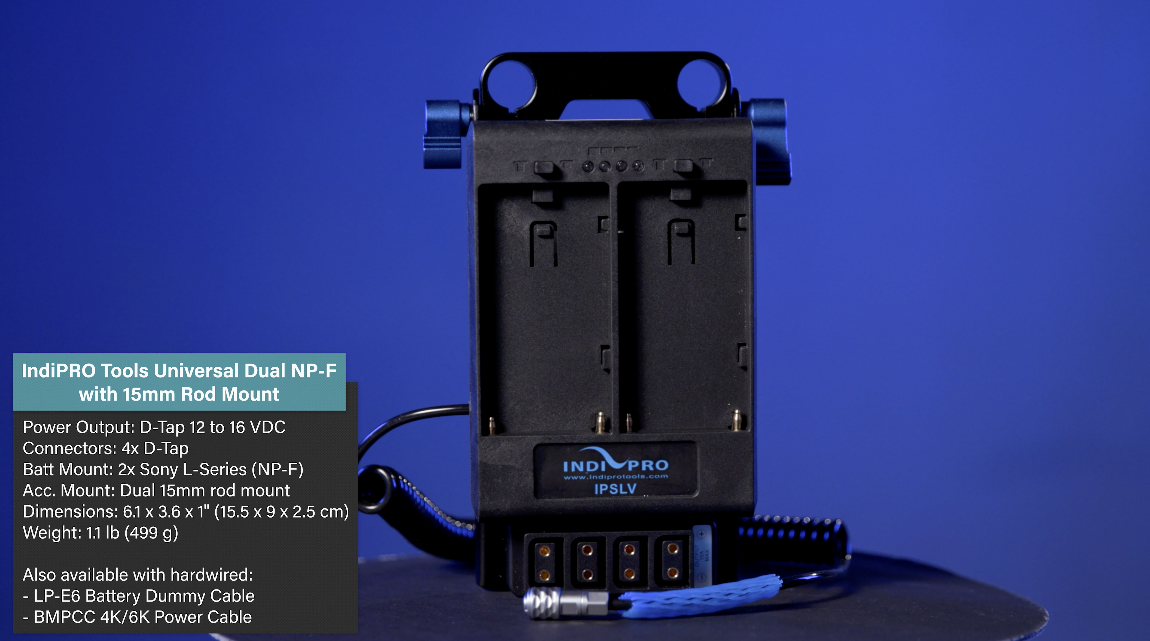
It also has a two pin Lemo to be able to run that into follow focus or other types of devices that run off of Lemo connections. This has an integrated kind of Sony solution to be able to put that on the back of a rig with15 millimeter rods. So this is a great offering with those D taps and Lemo pin. It gives you a lot of options.
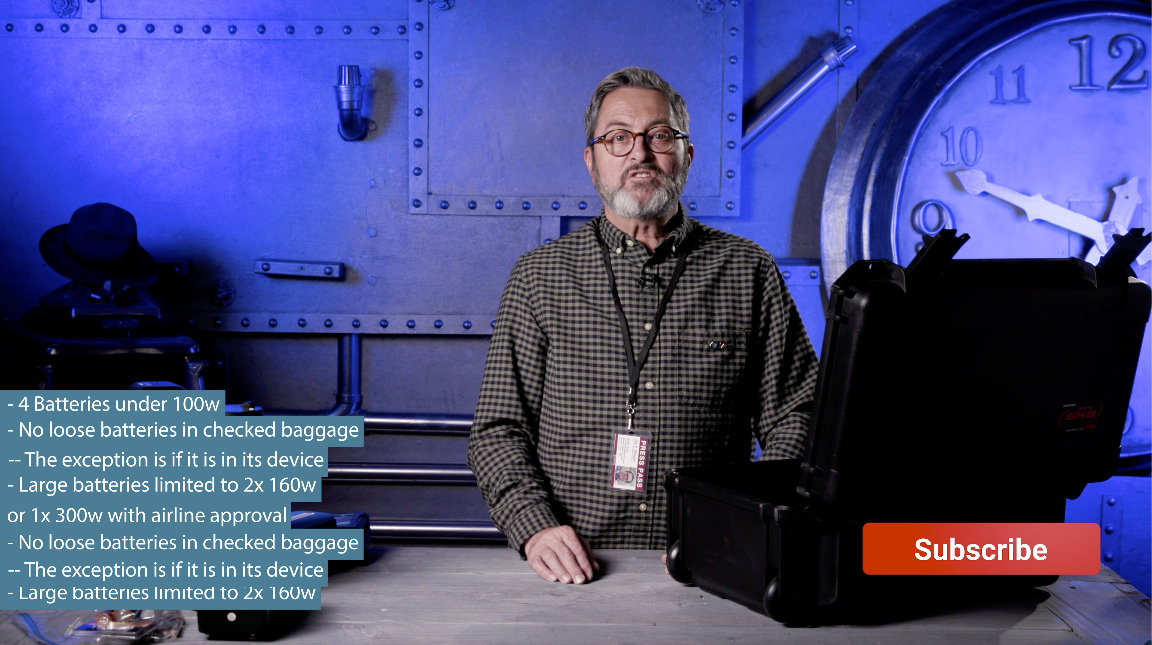
So let’s wrap this up. Just remember with lithium ion, you can carry four batteries under 100 watts on the airplane with you. You can’t check them if they’re loose. You can check them if they’re in other devices. You can also take two up to 160 watt or sometimes one 300 watt battery with special permission. That is the basics for all battery travel, make sure you tape them up and secure them so they’re not going to be loose. And that gives you a general idea. You can get everything on that airplane and go where you need to go.
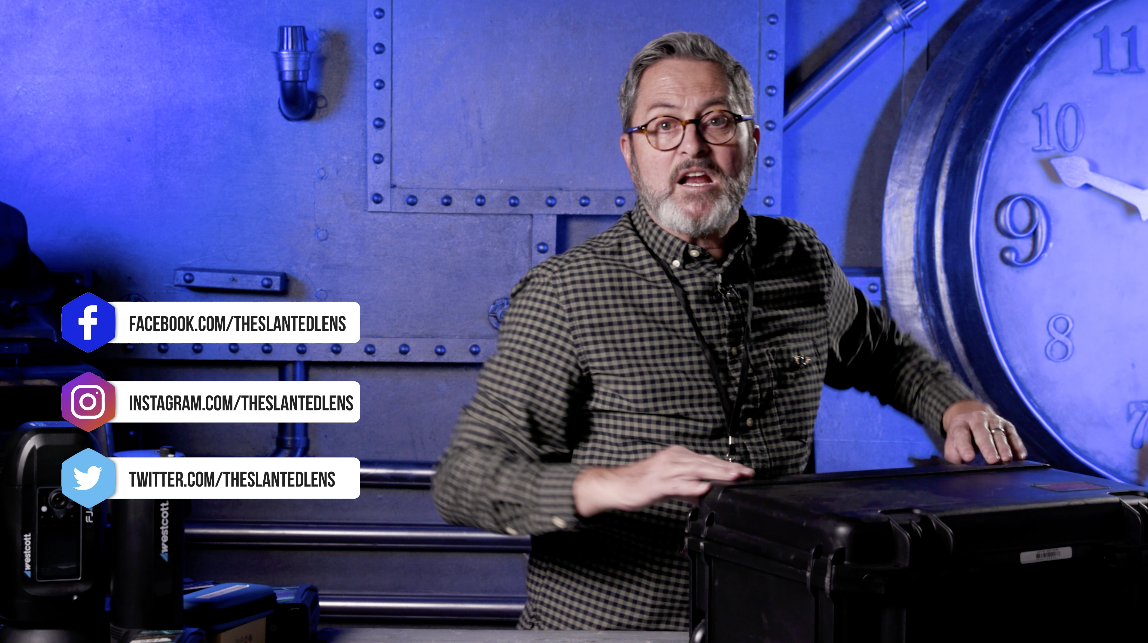 Alright, so make sure you leave us some comments on our YouTube channel. Tell us any experiences you’ve had with TSA and sometimes you get a strange person at TSA that just doesn’t get it. So I would print out these instructions take them with you and show them I took this right off from the FAA and TSA websites and that will help them to understand that you know what you’re talking about. And keep those cameras rollin’ and keep on clickin’!
Alright, so make sure you leave us some comments on our YouTube channel. Tell us any experiences you’ve had with TSA and sometimes you get a strange person at TSA that just doesn’t get it. So I would print out these instructions take them with you and show them I took this right off from the FAA and TSA websites and that will help them to understand that you know what you’re talking about. And keep those cameras rollin’ and keep on clickin’!